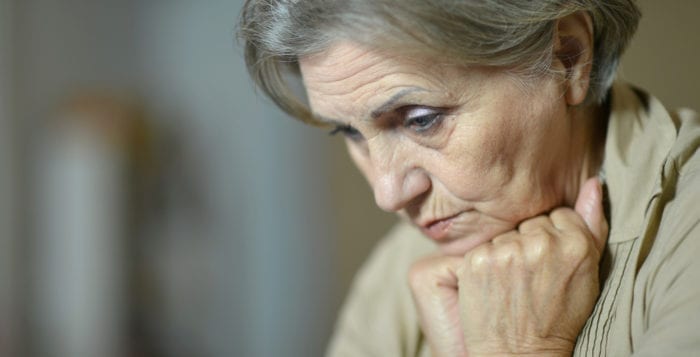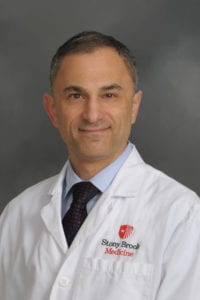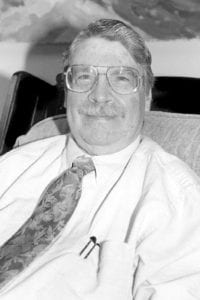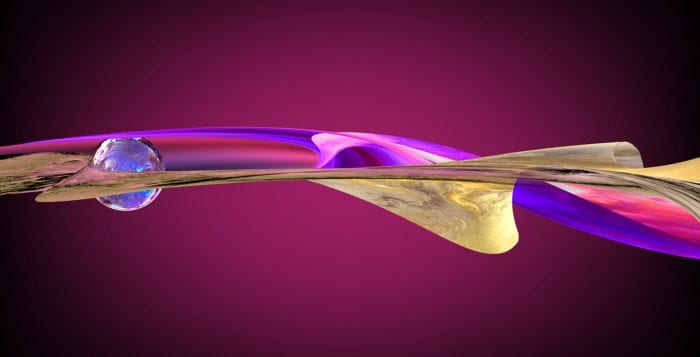This is the season for speeches. We’re about to enter the graduation and wedding time of year, when principals, best men, maids of honor and valedictorians stand in front of a group of people and share their thoughts during these momentous occasions.
For those about to grab the microphone, I’d like to offer my top 10 list of things not to do in a speech — in reverse order.
10. Don’t make inside jokes that no one, outside of your best friend and maybe your sibling, understands. Looking at your friend after you’ve made a joke that no one gets and pointing back and forth between this other person and you only endangers that friendship.
9. Don’t make a speech without practicing. Find someone who can be helpful and not someone who thinks you shouldn’t change anything you do, ever. That honest person might prevent you from saying, “The groom is so lucky. He gets to sleep with Karen — I always wanted to sleep with Karen. I can’t wait to hear about it.”
8. Don’t correct yourself on small details, such as, “Remember when we had that school snowball fight in second grade? No, wait it was first grade, right? No, no, it was second grade. I was right the first time.” Most people won’t care about those details. They’d rather you got it wrong than hear you go play a one person game of memory ping-pong.
7. Don’t forget to thank everyone you should thank. You can acknowledge your friends for helping you get through those tough years, the writers of your favorite movies for giving you a chance to laugh, and the woman at the supermarket for encouraging you to submit an application that got you into a summer program. Never forget to thank your parents, any relatives who are in attendance and the teachers who somehow managed to educate you despite your insistence that their subject was irrelevant.
6. Don’t imagine that alcohol makes you a better singer. It doesn’t. Besides, there’s always an enormous collection of cellphones at any wedding. You can’t erase that horrible rendition of “You’ve Lost That Loving Feeling.” Ever. Strangers will come up to you and screech at you.
5. Don’t quote someone else extensively. Winston Churchill was a tremendous speechmaker, JFK said some memorable things, too, as did Martin Luther King Jr. Audiences can read and have no desire to hear you butcher an extensive collection of words someone else delivered.
4. Don’t try to sell something. You’re there to support the graduate, the bride and groom and numerous families. This isn’t the time to suggest that people moved by your speech can pick up tissues at your store
because you sell the softest tissues in town.
3. Don’t talk about how difficult it is for you to give a speech. Chances are the audience supports you
anyway, so there is no need to tell them, over and over again. If you aren’t particularly good at public speaking, they’ll notice.
2. Don’t look down at your poorly written notes during the entire speech. If you look up once in a while, you won’t sound like you’re muttering anecdotes and advice in your sleep.
1. Don’t give a long speech. The most important part of any speech is to keep it short. Sure, you might be funny and have some words of wisdom that people will remember. And, yes, you might recall an
anecdote that sheds light on the people in your class. People want to eat dessert, go to a party, or throw their ridiculous square hats with tassels into the air for the annual picture of stupid hats in the air. A good rule of thumb for speeches: When in doubt, leave it out.






















